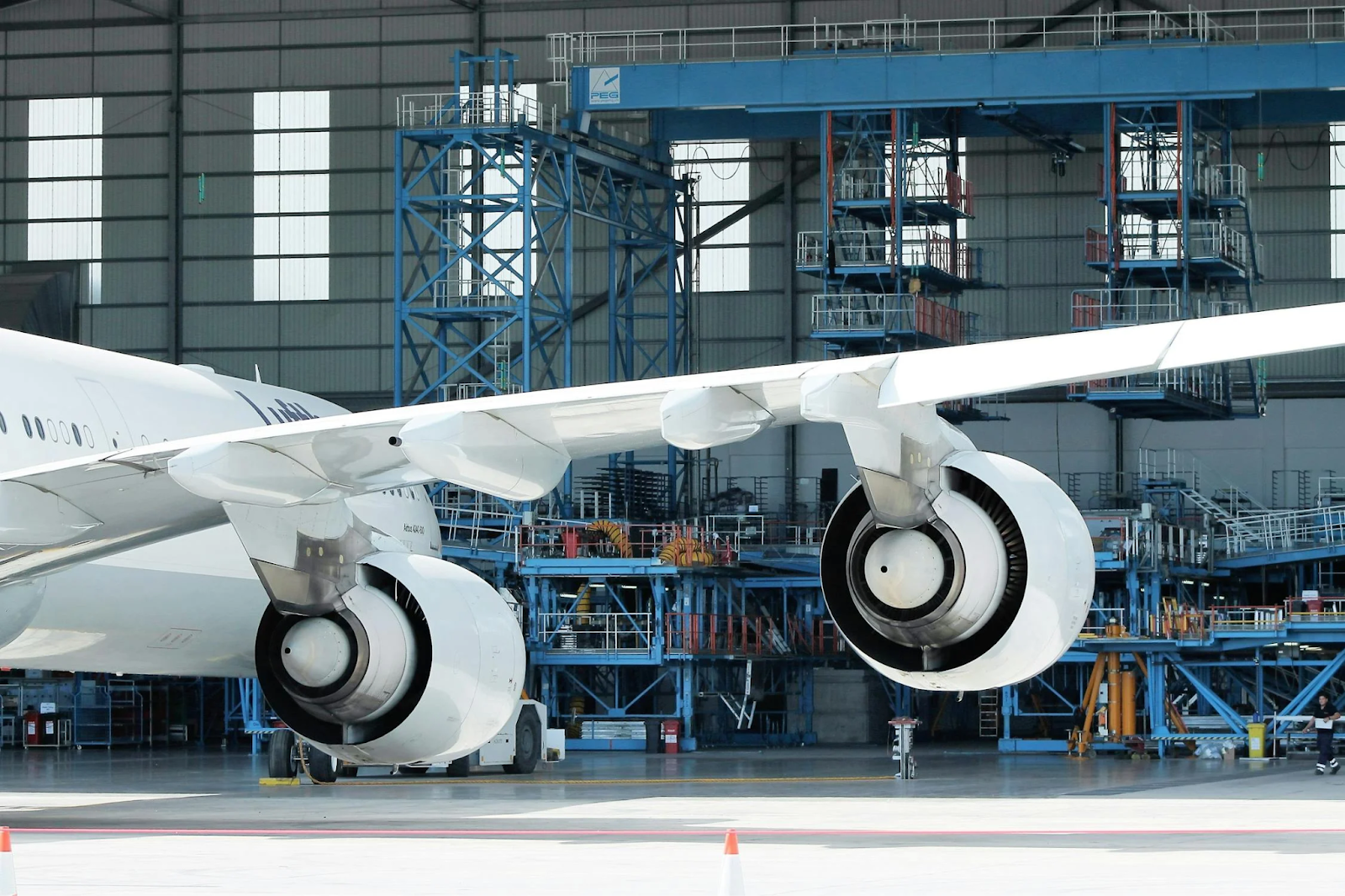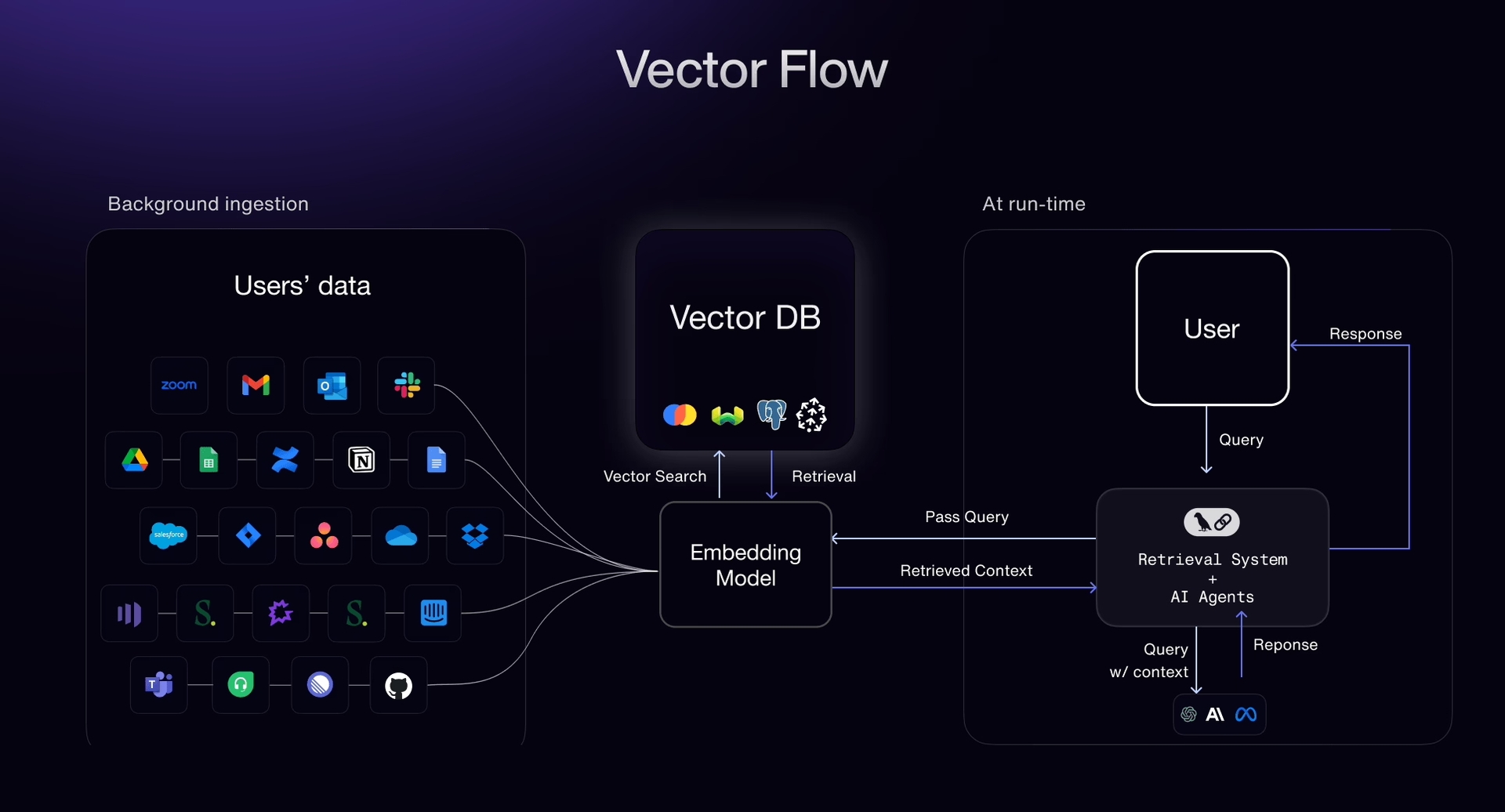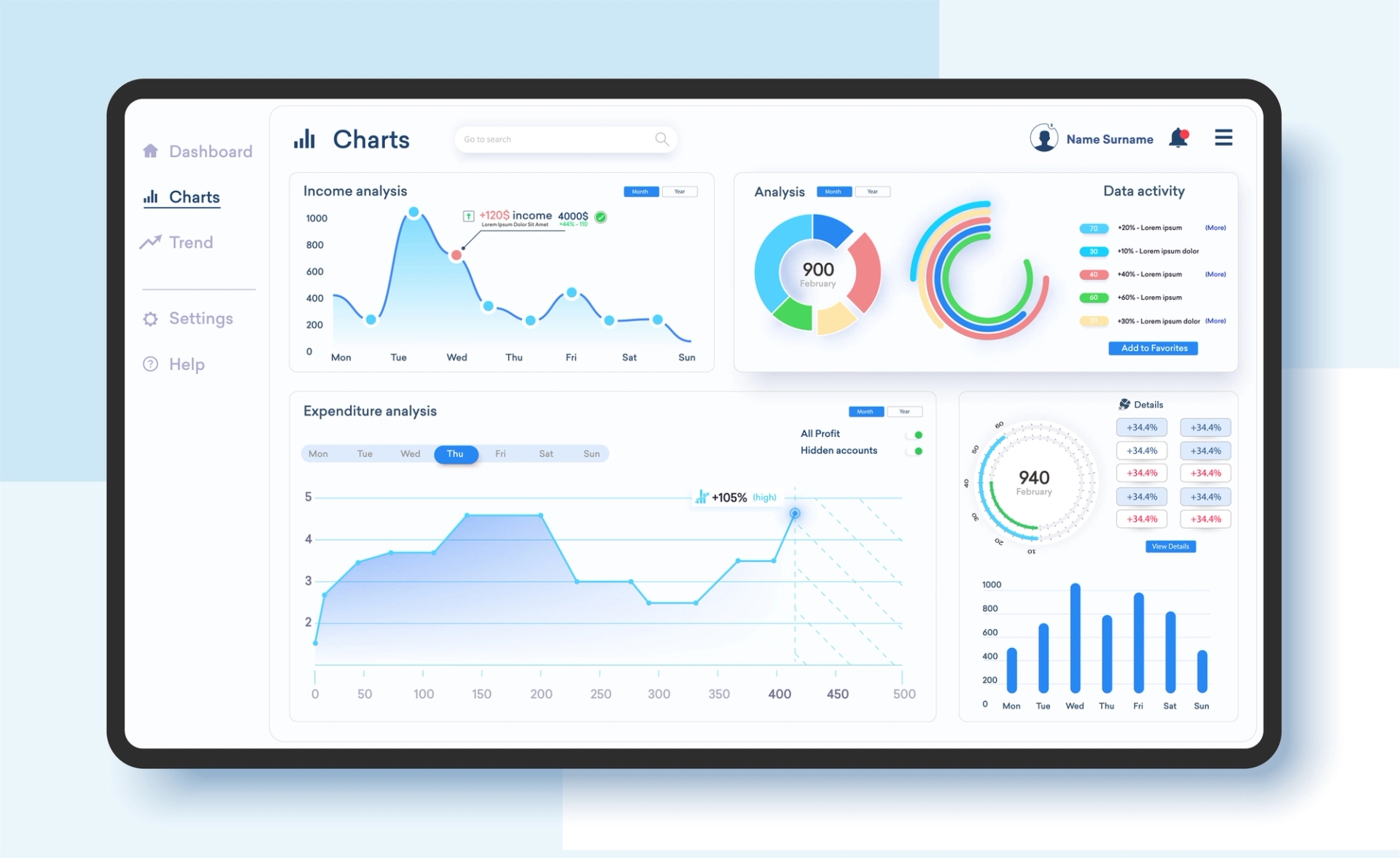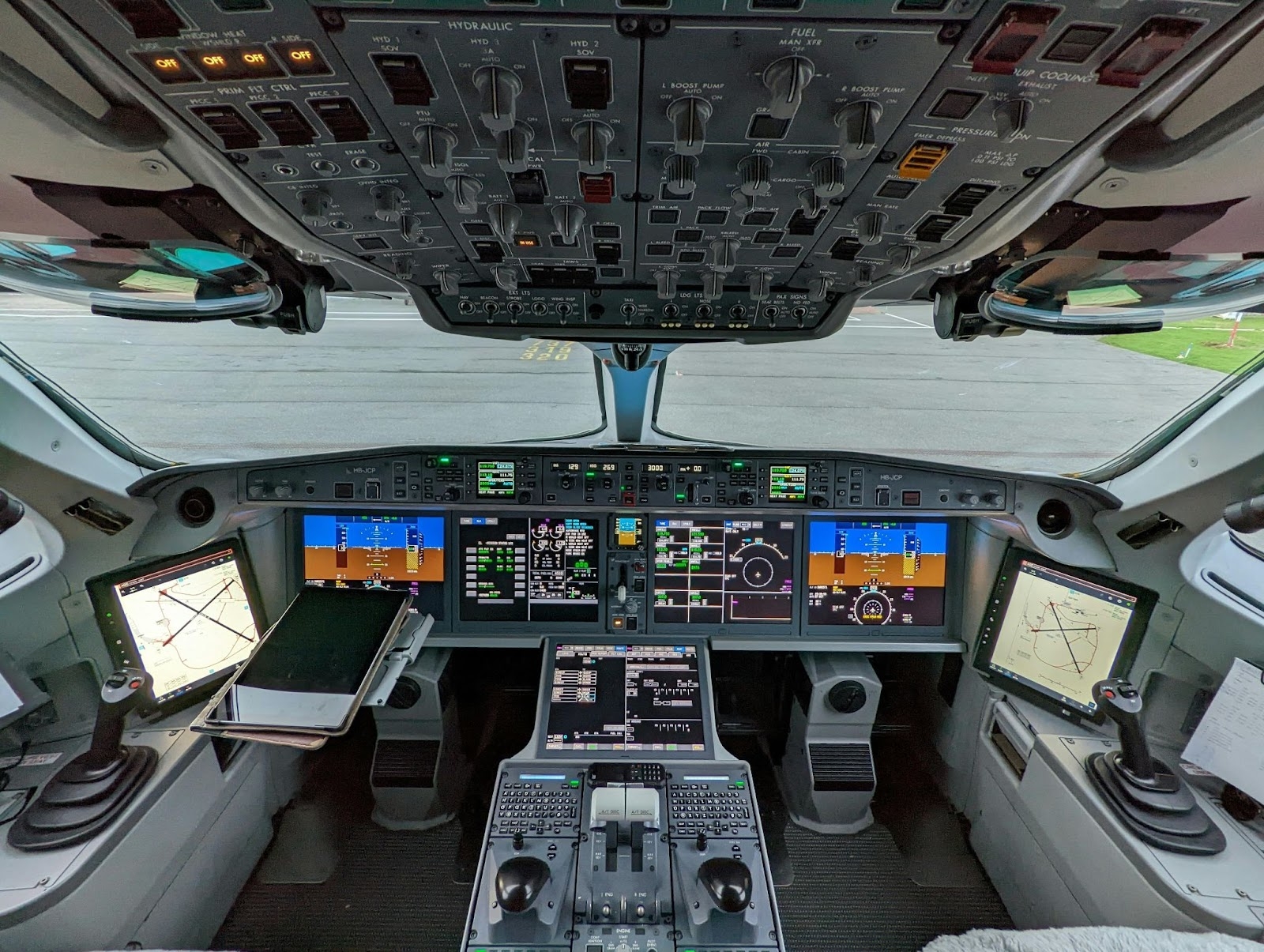
Smarter email, faster business.
Insights & Trends
Analytics, trends, and expert opinions from the world of technology and aviation.

Featured Articles
Lorem ipsum dolor sit amet consectetur. Erat felis risus amet eget duis enim neque. Semper rhoncus tempus platea ullamcorper malesuada nullam imperdiet mattis semper. Lacinia ornare volutpat turpis pretium.
Latest Articles
Aviation Maintenance Trends That May Gain Momentum in Uncertain Circumstances
Aircraft are staying in service longer, supply chains are a powder keg, and the tech is evolving overnight. Discover the maintenance trends gaining momentum and what they mean for operators trying to stay airborne and profitable.

June 26, 2025
What Is MEL Management in Aviation and How Is It Related to Supply Chain?
MEL data is reshaping how airlines plan, stock, and stay compliant. Cut AOG risk and expose weak points in vendor SLAs. Airlines are turning deferral patterns into strategic action backed by FAA, ICAO, EASA, and Deloitte insights.
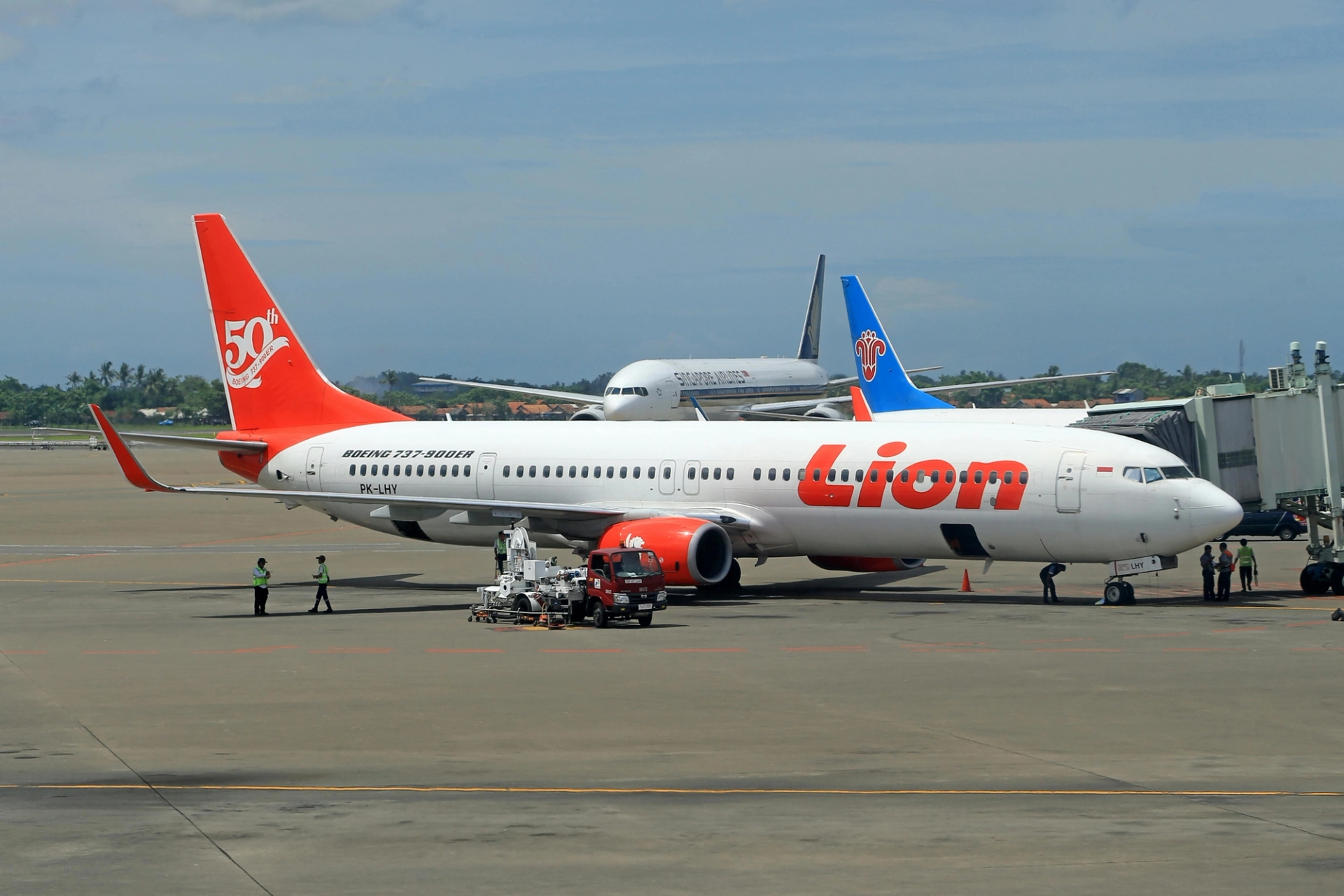
June 24, 2025
The Hidden Economics of Fleet Commonality (And How to Reduce Overhead Costs)
Why do airlines like Ryanair and Southwest bet big on one aircraft type? The answer lies in lower costs, faster maintenance, and smarter operations—but the real story is more complex.
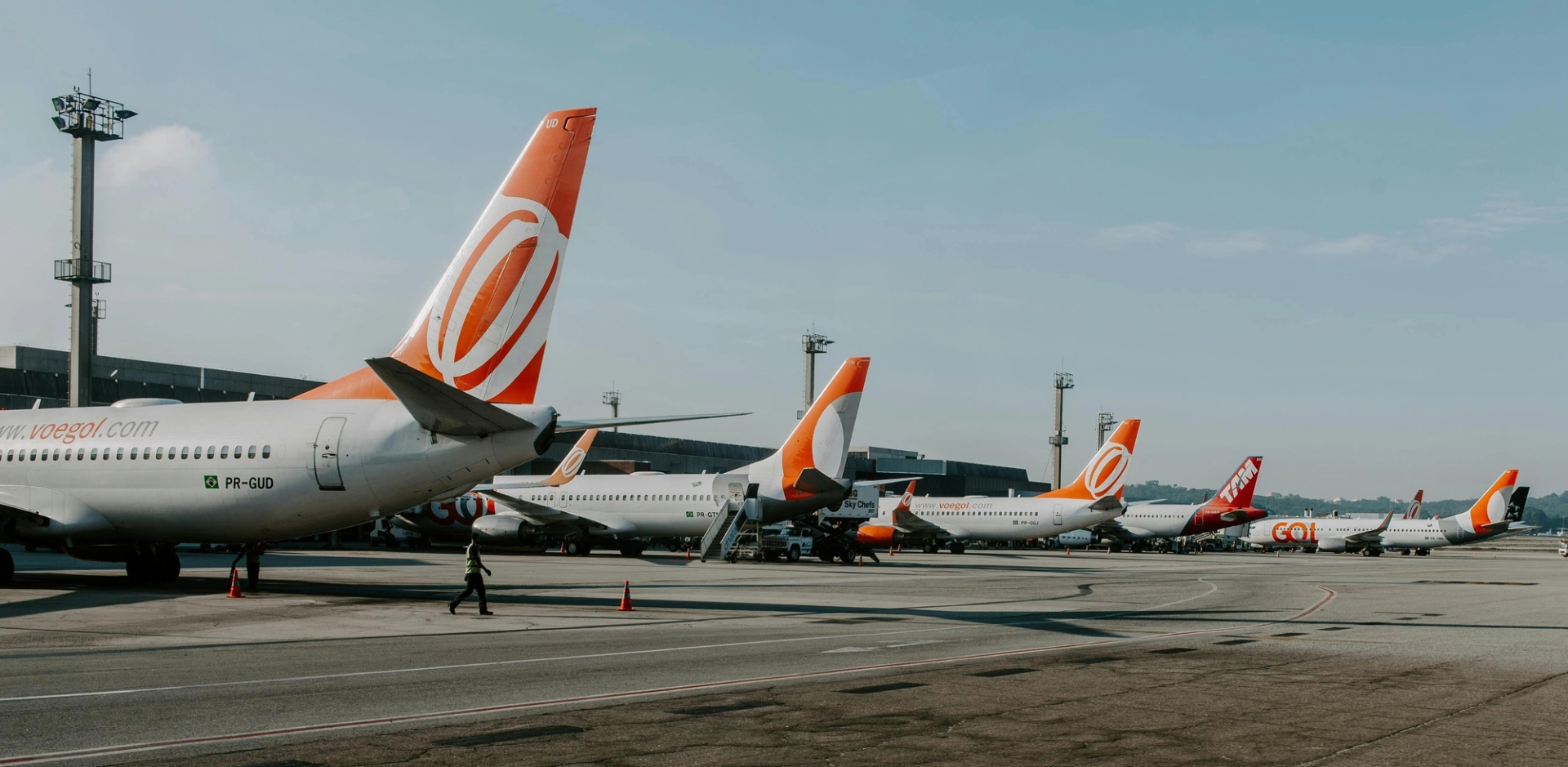
June 18, 2025
How Big Data Analysis Can Uncover New Opportunities in Aviation Market Research
See how big data analysis is transforming aviation market research: Predicting demand with fresh insights and uncovering new retail opportunities across the industry.

Trends
How to Manage Your Large Volumes of Aviation Maintenance Records Efficiently
Aviation maintenance is a high-stakes industry defined by rigorous demands for compliance, MRO oversight, and exacting security standards. But while the FAA, DOT, and NARA have mandated the shift to digital recordkeeping, many organizations still face challenges in fully completing the transition. Some critical maintenance logs were digitized first, leaving less urgent records—historical maintenance logs, supplier invoices, and operational notes—unscanned in filing cabinets and storage rooms.
Optimizing Aerospace Supply Chain With AI and Big Data
INTRODUCTION: TRANSFORMING THE PROCUREMENT PROCESS WITH AI
The aerospace supply chain is a complex system of multiple global suppliers that produce components across the entire aircraft ecosystem - frame, engine, integrated systems, etc. This system requires a robust management strategy for improved supply chain visibility, enabling airlines, OEMs, MROs, and parts distributors to make informed purchasing decisions while effectively mitigating compliance risks.
Why Global Supply Chain Visibility Matters for Aviation Inventory Management
Supply chain visibility is essential for the aviation industry to prevent disruptions and ensure smooth operations. With aging fleets, rising demand, and supply chain challenges like labor and material shortages, real-time tracking of parts and materials is crucial. Digital twins and AI-powered tools help optimize inventory, reduce delays, and improve maintenance outcomes. As global disruptions continue, aviation businesses must adopt smarter, predictive systems to stay resilient and efficient.
Reducing Procurement Costs in Aviation with AI-Driven Direct Bidding
Procurement is the backbone of aviation operations. Airlines depend on sourcing everything from spare parts to maintenance services efficiently to keep their fleets in the air. That said, procurement in aviation isn’t straightforward—it’s a complex web of global supply chains, fluctuating costs, and compliance hurdles, where small inefficiencies lead to big financial losses.
Why Being First to Bid Matters: The Primacy Effect and Why It Matters in Aviation Procurement
In the delicate game of bidding and procurement, getting your bid in first or early is everything. It's a race to outdo other suppliers, being first to bid while ensuring the figures you've slogged through are accurate. With AOG (aircraft on ground) events and other delays, every minute—and every decimal place—counts.
Streamlining Aircraft Parts Procurement: 5 Strategies for Faster Lead Times
The aviation industry operates under high-pressure conditions where reducing lead times for parts procurement is critical. Delays can cause grounded aircraft, disrupt flight schedules, and erode profit margins. As fleet sizes grow and regulatory standards tighten, the challenge of timely procurement becomes even more pressing.
How to Manage Your Large Volumes of Aviation Maintenance Records Efficiently
Aviation maintenance is a high-stakes industry defined by rigorous demands for compliance, MRO oversight, and exacting security standards. But while the FAA, DOT, and NARA have mandated the shift to digital recordkeeping, many organizations still face challenges in fully completing the transition. Some critical maintenance logs were digitized first, leaving less urgent records—historical maintenance logs, supplier invoices, and operational notes—unscanned in filing cabinets and storage rooms.
Optimizing Aerospace Supply Chain With AI and Big Data
INTRODUCTION: TRANSFORMING THE PROCUREMENT PROCESS WITH AI
The aerospace supply chain is a complex system of multiple global suppliers that produce components across the entire aircraft ecosystem - frame, engine, integrated systems, etc. This system requires a robust management strategy for improved supply chain visibility, enabling airlines, OEMs, MROs, and parts distributors to make informed purchasing decisions while effectively mitigating compliance risks.
Why Global Supply Chain Visibility Matters for Aviation Inventory Management
Supply chain visibility is essential for the aviation industry to prevent disruptions and ensure smooth operations. With aging fleets, rising demand, and supply chain challenges like labor and material shortages, real-time tracking of parts and materials is crucial. Digital twins and AI-powered tools help optimize inventory, reduce delays, and improve maintenance outcomes. As global disruptions continue, aviation businesses must adopt smarter, predictive systems to stay resilient and efficient.
Reducing Procurement Costs in Aviation with AI-Driven Direct Bidding
Procurement is the backbone of aviation operations. Airlines depend on sourcing everything from spare parts to maintenance services efficiently to keep their fleets in the air. That said, procurement in aviation isn’t straightforward—it’s a complex web of global supply chains, fluctuating costs, and compliance hurdles, where small inefficiencies lead to big financial losses.
Why Being First to Bid Matters: The Primacy Effect and Why It Matters in Aviation Procurement
In the delicate game of bidding and procurement, getting your bid in first or early is everything. It's a race to outdo other suppliers, being first to bid while ensuring the figures you've slogged through are accurate. With AOG (aircraft on ground) events and other delays, every minute—and every decimal place—counts.
Streamlining Aircraft Parts Procurement: 5 Strategies for Faster Lead Times
The aviation industry operates under high-pressure conditions where reducing lead times for parts procurement is critical. Delays can cause grounded aircraft, disrupt flight schedules, and erode profit margins. As fleet sizes grow and regulatory standards tighten, the challenge of timely procurement becomes even more pressing.
Key Takeaways
Top insights of the week/month
Buying an aircraft is a significant investment, and skipping critical due diligence can lead to costly surprises. A pre-purchase inspection (PPI) can serve as a safeguard, ensuring the aircraft meets safety, performance, and legal standards.
Aviation security goes beyond metal detectors, covering extensive regulations, documentation, and protocols to safeguard passengers, crew, and operations. Regulatory bodies like ICAO, FAA, and IATA set global standards, requiring stringent record-keeping for compliance. This includes maintaining key documents such as National Civil Aviation Security Programs (NCASP), security manuals, and incident response plans.
In aviation, documentation isn’t just paperwork—it’s proof of compliance and the framework for safety and operational efficiency. That said, the recordkeeping burden is immense: Just one U.S.-certificated carrier can require upwards of 7,500 pages of records per year.
Introduction: Aviation’s Document Deluge and the Accuracy Imperative
The aviation industry is inundated with critical documents – Airworthiness Certificates, Illustrated Parts Catalogs (IPCs), maintenance manuals, FAA Service Bulletins/Airworthiness Directives, logbooks, and more. These unstructured, high-volume documents are the lifeblood of aviation operations and compliance. For example, a single U.S. commercial aircraft can produce up to 7,500 pages of new documents per year to meet DOT and FAA requirements. Ensuring that AI systems can reliably interpret and utilize this mountain of data is non-negotiable. In building aviation-grade AI, one principle stands out: the quality of AI outputs is only as good as the accuracy of the underlying data extraction. In other words, if your document data extraction is flawed, even the most advanced AI model will propagate those errors – a classic “garbage in, garbage out” scenario. AI leads and technical teams must therefore prioritize high-precision document data extraction as the foundation of any aviation AI pipeline.
Every minute an aircraft is grounded, companies are weighed down by the loss of thousands in revenue and lost customer trust. As a result, operational efficiency has become a persistent, must-win challenge and not just a goal for competitors in the aviation industry, according to research firm Verdantix.
Supply chain visibility is essential for the aviation industry to prevent disruptions and ensure smooth operations. With aging fleets, rising demand, and supply chain challenges like labor and material shortages, real-time tracking of parts and materials is crucial. Digital twins and AI-powered tools help optimize inventory, reduce delays, and improve maintenance outcomes. As global disruptions continue, aviation businesses must adopt smarter, predictive systems to stay resilient and efficient.
In aviation, precision isn’t just a luxury—it’s a necessity. Spare parts management plays a critical role in keeping fleets operational, avoiding costly delays, and maintaining customer trust. However, many aviation companies struggle with forecasting spare parts demand accurately and it costs them on both ends with high holding costs for excess stock, or AOG incidents when the holding was insufficient. Both outcomes are avoidable.
Procurement is the backbone of aviation operations. Airlines depend on sourcing everything from spare parts to maintenance services efficiently to keep their fleets in the air. That said, procurement in aviation isn’t straightforward—it’s a complex web of global supply chains, fluctuating costs, and compliance hurdles, where small inefficiencies lead to big financial losses.



